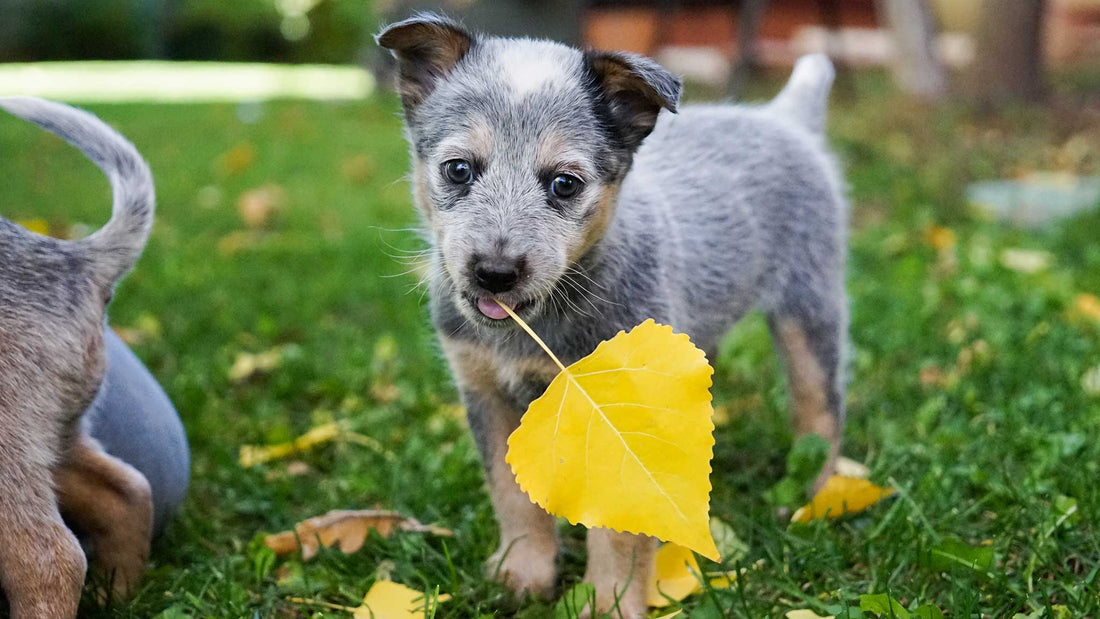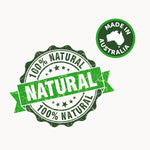
Understanding the Raw Food Diet for Dogs
The decision to switch your dog's diet from kibble to raw food is a significant one that requires careful consideration and planning. Unlike kibble, which is processed and often contains grains and fillers, raw food diets consist of uncooked meats, bones, fruits, and vegetables. This diet mimics what dogs would naturally eat in the wild, providing them with a more natural source of nutrition.
The Importance of a Gradual Transition
One of the most critical aspects of introducing your dog to a raw food diet is the need for a gradual transition. Dogs have sensitive digestive systems, and a sudden change in diet can lead to digestive upset, including diarrhea. This is because dogs process raw meat and kibble very differently; raw food is digested as a protein source, while kibble is primarily digested as a starch.
To start, raw food should be introduced slowly, initially as a small treat, allowing you to observe your dog's reaction over a few days. If your dog's stool remains normal and there are no signs of diarrhea, you can begin to slowly increase the amount of raw food mixed with their usual kibble, continuously monitoring their reaction. During this period, it's vital to closely observe your dog's health and well-being and to consult a qualified veterinarian if you have any concerns or doubts.
The Role of Professional Guidance
Many dogs, especially those that have been on a kibble diet for an extended period, may require weeks or even months to fully adjust to a raw food diet. Additionally, some dogs may suffer from conditions like irritable bowel syndrome (IBS), necessitating extra care and support from a veterinary professional. Consulting with a veterinarian who has experience with raw food diets can provide invaluable guidance and help ensure your dog's dietary transition is smooth and safe.
Dr. Becker, a renowned veterinarian, offers a helpful analogy to explain the importance of a gradual dietary transition. She compares it to humans who experience digestive issues when their diet suddenly shifts from processed to fresh foods. Just as some people may have trouble adjusting to a diet of fresh fruits and vegetables, dogs can experience similar issues when transitioning from kibble to raw food. For further insights, Dr. Becker's video and articles on the subject are highly recommended resources.
As Dr Becker puts it simply “I have a friend who claims she’s allergic to all healthy foods. Whenever she eats fresh fruits or vegetables, she has serious GI problems and must run to the bathroom if she consumes any type of fresh food. When she eats ice cream and donuts, she’s good. But when she eats fresh vegetables and fresh fruits, she ends up running to the bathroom.”
The same principle occurs in dogs. For more info watch Dr Beckers video or read her article here.
Making the Switch: Practical Steps
Starting with the Basics
When you're ready to transition your dog to a raw food diet, begin by selecting high-quality, raw ingredients. A balanced raw diet should include muscle meat, organ meat, bones for calcium, and a mix of fruits and vegetables for fiber and vitamins. It's essential to research and understand the nutritional needs of your dog based on their size, age, and health status to ensure the diet is balanced and complete.
Monitoring and Adjusting
As you introduce raw food, keep a close eye on your dog's digestion, energy levels, and overall health. Some dogs may require adjustments to the types or amounts of food they're receiving. Remember, every dog is unique, and what works for one may not work for another. Regular check-ups with your veterinarian can help track your dog's health and make necessary dietary adjustments.
Additional Considerations for Raw Food Diets
The Importance of Hygiene
Handling raw food requires strict hygiene practices to prevent the spread of bacteria and parasites. Always wash your hands, utensils, and surfaces thoroughly after preparing raw meals for your dog. It's also crucial to source meat from reputable suppliers to ensure it is safe and of high quality.
The Benefits of Variety
Incorporating a variety of foods into your dog's raw diet can help ensure they receive a broad spectrum of nutrients. Rotating between different types of meat, vegetables, and occasional fruits can prevent nutritional imbalances and keep meals interesting for your dog.
By following these guidelines and consulting with a qualified veterinarian, transitioning your dog to a raw food diet can be a positive step towards promoting their health and well-being. Remember, patience and careful monitoring are key to ensuring a successful dietary change for your furry friend.
